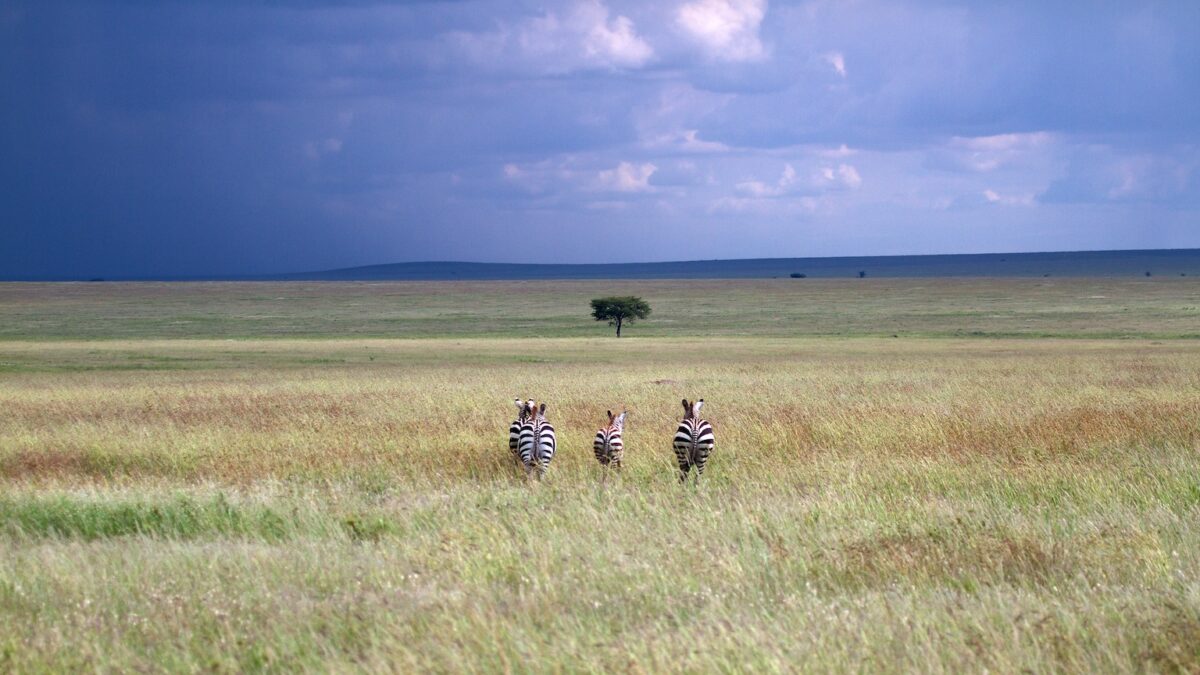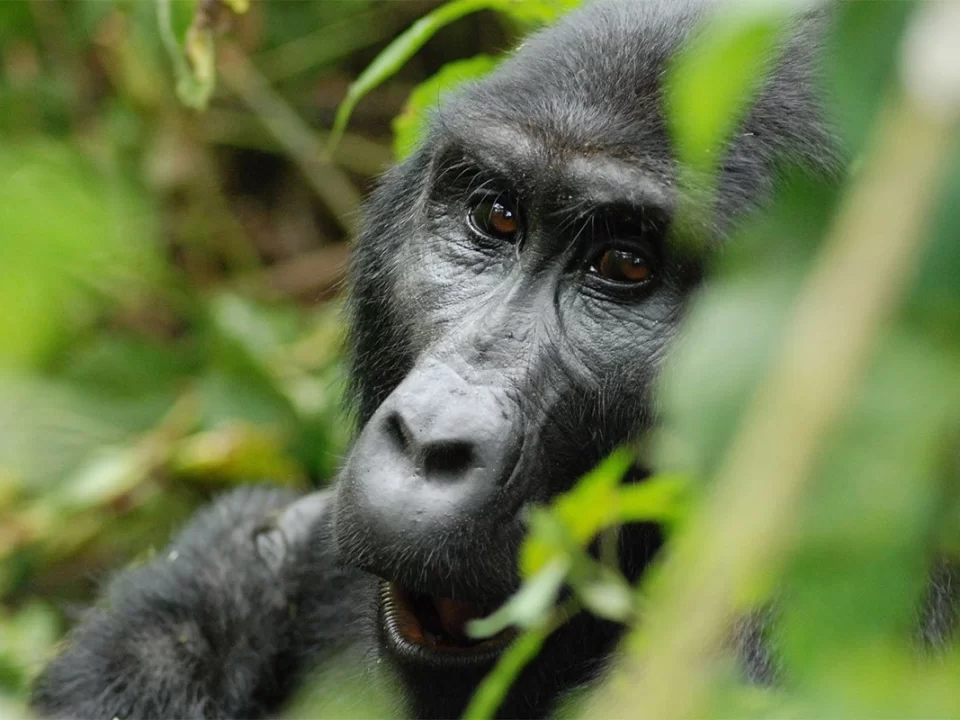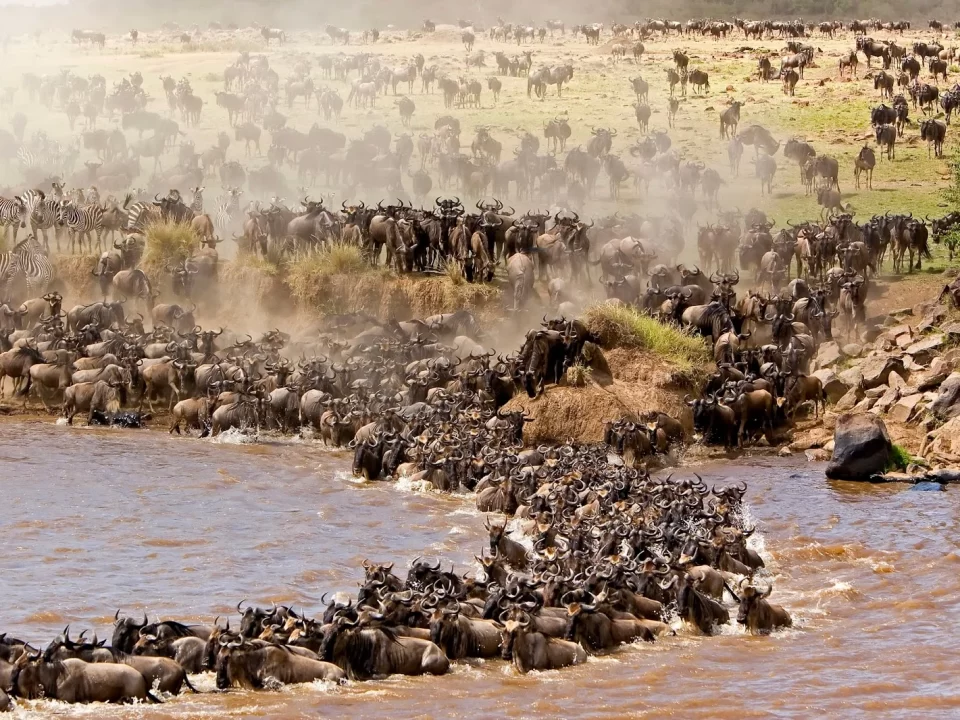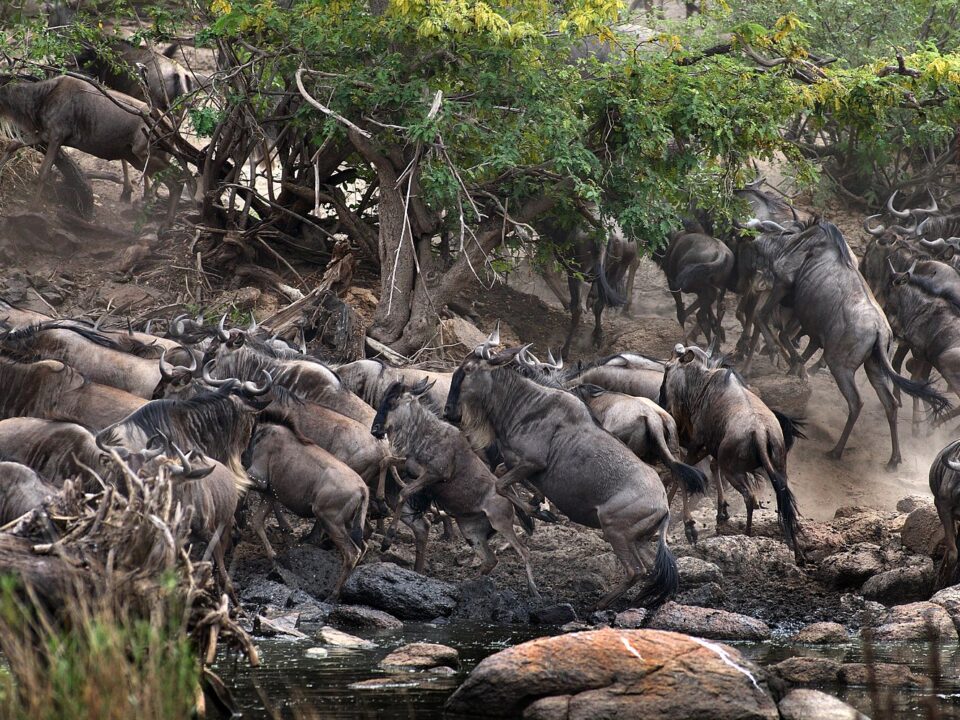
Flight recommendations from Australia to Tanzania or Kenya
December 6, 2023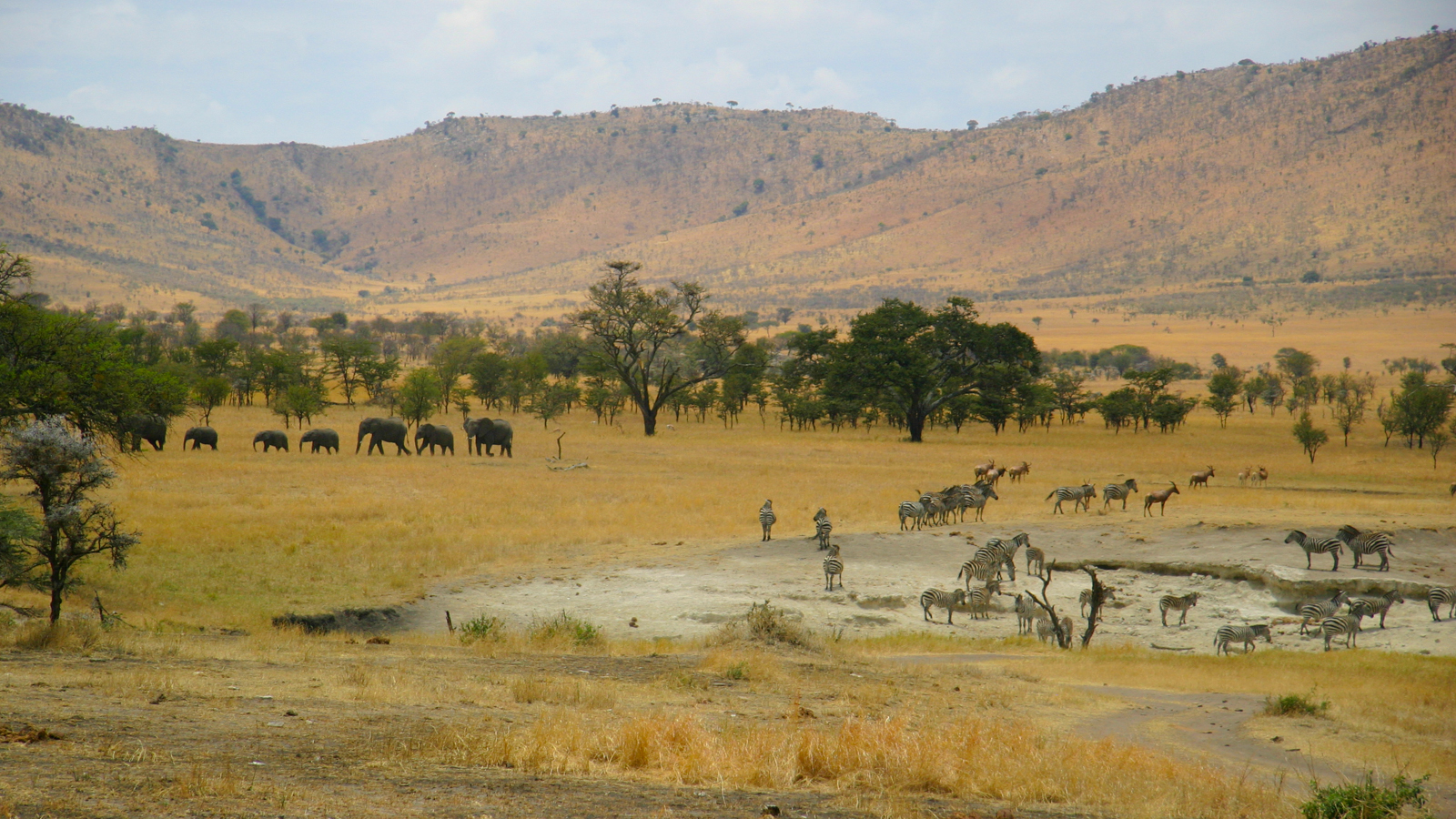
Lobo Valley Serengeti Tanzania
December 6, 2023Exploring the Long Grass Plains of Serengeti, Tanzania – Unveiling the Wonders of Wildlife Safari Holidays
Discover the enchanting Long Grass Plains of Serengeti in Tanzania, adorned with termite mounds and revered as the favored terrain for zebras. In contrast to other herbivores that predominantly graze on short grass, zebras exhibit a distinct preference for the long grass that carpets these plains. When the Great Migration returns to the South, abandoning the short grass plains of North Serengeti and the Ngorongoro Conservation Area, numerous legions of zebras make a stop in this area during the green season. Stretching between Seronera in Central Serengeti and Naabi Hill in South Serengeti, this region’s soil base is less alkaline than the South plains, resulting in less nutritious grass.
The mystery of why zebras favor this particular type of grass remains unsolved, especially when compared to wildebeests and gazelles, which only lightly graze on the long grass plains in times of extreme need. The area also plays host to a diverse array of wildlife, including cheetahs, hyenas, hartebeests, topi antelopes, aardvarks, genets, hares, mongooses, pangolins, porcupines, monitor lizards, and various bird species. During the green season, European migrants, such as the white stork, grace the plains with their presence.
Overview of Serengeti National Park: A Wildlife Spectacle
Delve into the magnificence of Serengeti National Park, established in 1952 in Tanzania, boasting the title of hosting the greatest wildlife spectacle on earth – the great migration of wildebeest and zebra. The park’s resident population includes iconic species like lion, cheetah, elephant, giraffe, and a vibrant avian community. Offering a diverse range of accommodations, from luxury lodges to mobile camps, the park covers an expansive 5,700 sq miles (14,763 sq km), surpassing the size of Connecticut.
Divisions within Serengeti National Park:
- Southern/Central Part (Seronera Valley): Known as “serengit” by the Maasai, this region features endless plains, classic savannah landscapes, dotted with acacias, and teeming with wildlife.
- Western Corridor: Marked by the Grumeti River, this area is characterized by more forests and dense bush, providing a different safari experience.
- Northern Lobo Area: Connecting with Kenya’s Masai Mara Reserve, this is the least visited section, offering a quieter and more secluded safari.
Within the 30,000 km² region, two World Heritage Sites and two Biosphere Reserves stand testament to the unique ecosystem that has inspired renowned writers, filmmakers, photographers, and scientists. The Serengeti ecosystem, one of the oldest on earth, retains essential features that have persisted for a million years. Witness the awe-inspiring migration, where over a million wildebeest and around 200,000 zebras journey through diverse habitats, parks, and reserves. Join us to explore the varied vegetation, landscapes, and fascinating inhabitants of the Serengeti ecosystem.

